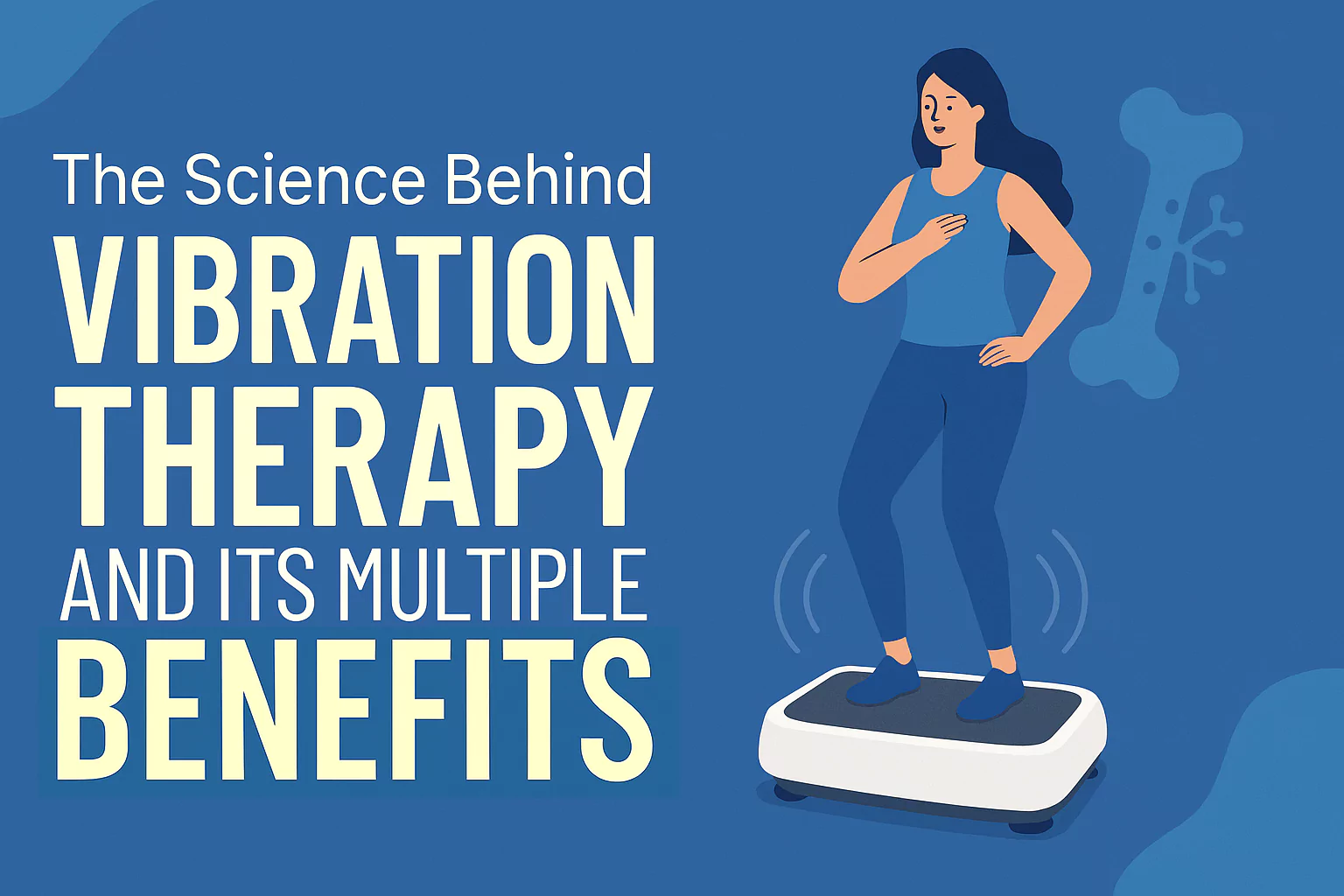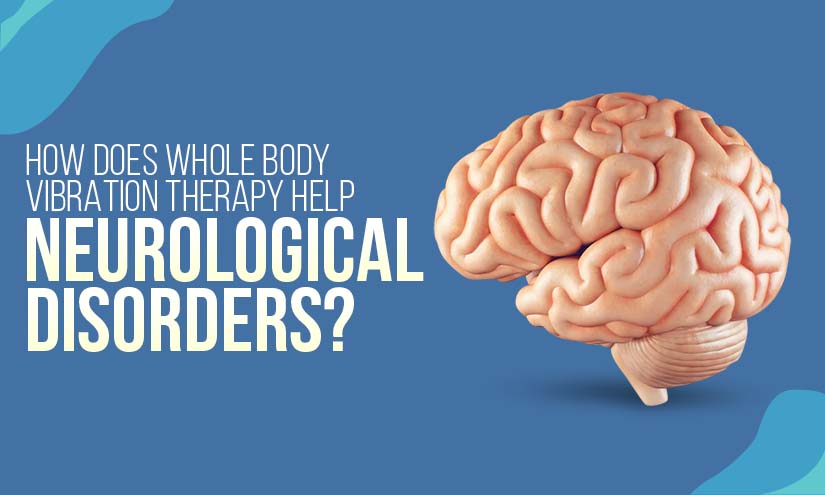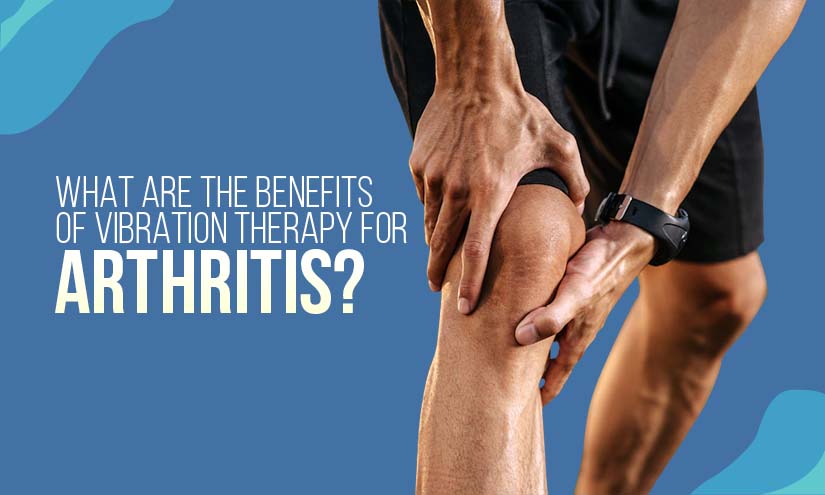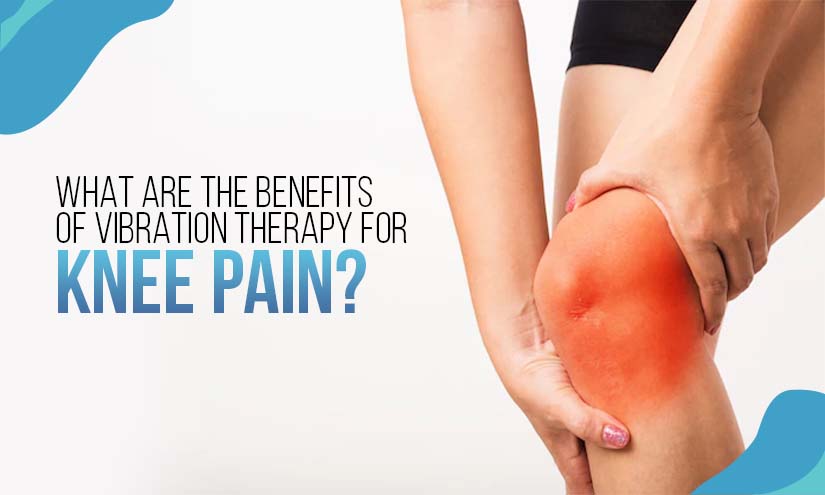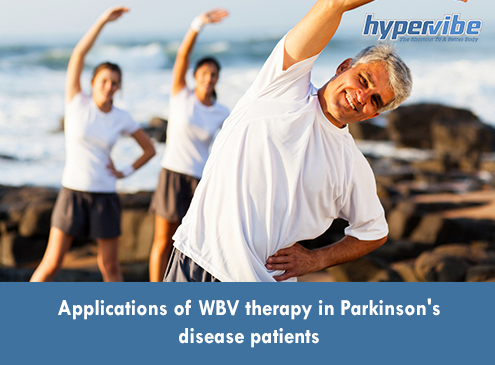Why You Should Try Vibration Therapy for Peyronie’s Disease
Reproductive health is a sensitive and delicate yet important topic that requires special attention. Poor reproductive health can have serious physiological and emotional consequences. To prevent these, men experiencing Peyronie’s disease (PD) are advised to learn as much about the condition as possible to make informed decisions regarding the various treatment options. But before you proceed with or if you’ve already tried medication, radiation therapy, or surgery without results, there are other solutions you can try in the comfort of your own home. Yes, we are talking about vibration therapy for Peyronie’s disease. Let’s take a closer look at what it entails.
What is Peyronie’s disease?
Peyronie’s disease is named after Francois Gigot de la Peyronie in the 1700s. It is a chronic inflammatory disease, which affects the male reproductive organ. In particular, it affects the tunica albuginea (a tough, fibrous sheath) of the corpora cavernosa (this is the soft, spongy tube in the penis that fills with blood to make the penis stiff during an erection). This is when there is a scar tissue or plaque build-up/formation on or inside the penis resulting in morphological changes. These may include depressions, penile curvature, penis shortening or narrowing, and others. The plaque can also form anywhere along the penis and as it pulls on the surrounding tissues, it causes the penis to curve or bend. Fibrous plaque formation replaces what are normally elastic fibers. This leads to penile deformity, erectile pain, and sometimes, erectile dysfunction (ED). Other symptoms of PD may include:
- Hard lumps in or on the sides of the penis
- Soft erections
- Pain during sexual intercourse or an erection
- Penis curvature during an erection or when flaccid
- A thickened area or plaque in the shaft of the penis
- Pain in the penis
- Loss of penis length or girth
PD generally manifests in two phases: acute and chronic. During the acute phase, which is the early stage of the disease, PD can manifest itself in the range of a few weeks to a year. This phase may be characterized by odd curvature of the penis, lump(s) under the skin, or pain during erections. Meanwhile, during the chronic phase, a worsening of the symptoms from the acute phase can be observed. Treatment options are more serious and can include surgery, although this is often used as a last resort. It must be noted that on average, men affected by PD are usually aged 50 to 55 years. However, even cases in adolescents have been reported. In the United States, around 10% of men have been diagnosed with PD. Furthermore, PD is not deadly and is also non-cancerous.
What are some of the common treatment options?
Depending on the severity of the PD symptoms you may be experiencing, there are several treatment options that may be used for PD. These include but are not limited to:
- Oral medications
- Injectable drugs
- Stretching the penis for certain periods per day through the use of an external device (penile traction)
- Applying heat (hyperthermia)
- Applying magnesium to the penis
- Applying topical verapamil to the penis
- Iontophoresis (using an electric current to administer a combination of verapamil and a steroid non-invasively through the skin)
- Mechanical traction and vacuum devices
- Shockwave therapy
- Pulse wave therapy treatments (acoustic wave and linear wave therapy)
- Exercise and massage
- Vibration therapy for Peyronie’s disease
- Surgery
However, it must be noted that PD rarely goes away on its own and although improvement can take time, there are numerous non-surgical options for this condition.
Can you massage out Peyronie’s disease?
Although massage is mentioned as one of the possible treatment options for PD, it must be noted that there is limited research on the effectiveness of this technique in helping to decrease the amount of plaque, minimize inflammation, and to decrease the curvature of the penis. Nevertheless, some medical practitioners recommend massage for PD including gentle stretching exercises in different directions on a flaccid penis for several minutes per day for several weeks or performing a gentle straightening activity, which involves massaging the penis to an erection. The use of lubricant, cocoa butter, creams, or other similar aids is said to produce better results. However, to avoid any injuries, it’s recommended that you check this option with your doctor first.
How do you break up Peyronie’s plaque?
Peyronie’s plaque is a hard scar tissue formation on or inside the penis and it is advisable to speak to your medical provider for advice, especially if you feel pain, scars, or a pebble-like feeling under the skin of the penis. However, intralesional collagenase injections (Xiaflex) are currently “the only FDA-approved treatment for Peyronie’s disease”. These injections consist of the enzyme collagenase, whose main purpose is to help break down the substances that make up plaques.
Can I fix Peyronie’s disease myself?
PD can manifest itself in different ways in every man. However, if your symptoms are not too severe yet and you are in the acute stage, you can use different types of “shockwave” therapy, which may include vibration therapy for Peyronie’s disease, to help break up plaque, form new blood vessels, and improve nerve regeneration with time.
How do you fix peyronies naturally with vibration therapy for Peyronie’s disease?
Addressing the symptoms of PD should be done in conjunction with medical advice. However, there are several non-invasive and natural ways that one can try to fix peyronies naturally. These include the consumption of certain (natural) medications as well as vibration therapy for Peyronie’s disease. Regarding the former option, and if you fall within the acute phase, you may benefit from vitamin E supplements either through a concentrated supplement or through vegetable oils. Other options include taking omega 3 fatty acids, PDE-5 Inhibitors (Phosphodiesterase Type 5 Inhibitors), L-Arginine, PTX (Pentoxifylline), the Priapus shot. As for vibration therapy for Peyronie’s disease, it works by helping to break down plaque build up in the penis and as a “shockwave” type of therapy, has also been found to be useful for treating symptoms of PD. Concluding remarks Peyronie’s disease is not fatal but it can be seriously harmful to your sexual and mental health, and it can also affect the relationship you have with your partner. Addressing the issue while it is still in the acute phase is possibly the best way to get started. While you may have numerous options at your disposal for treating PD, surgery should be used only in the most severe cases and as a last resort. As a combination of both massage and “shockwave” therapy, you can always try vibration therapy for Peyronie’s disease in the comfort of your own home. There are many benefits of vibration therapy for numerous ailments and conditions, and it’s worth considering this as an at-home option to help reduce plaque build up and regenerate the nerves.
Resources:






